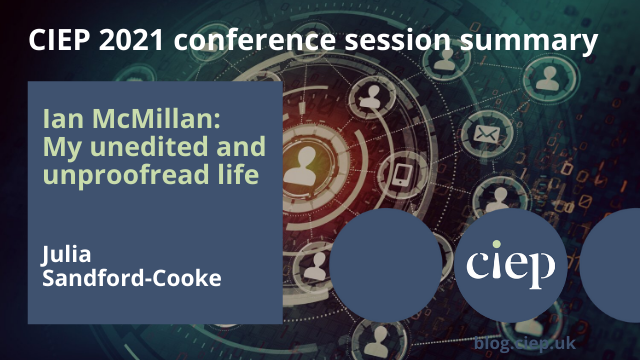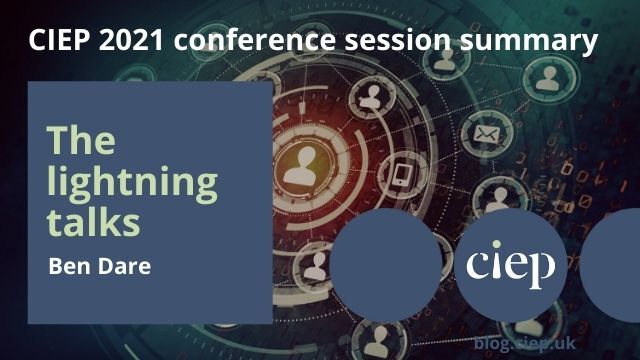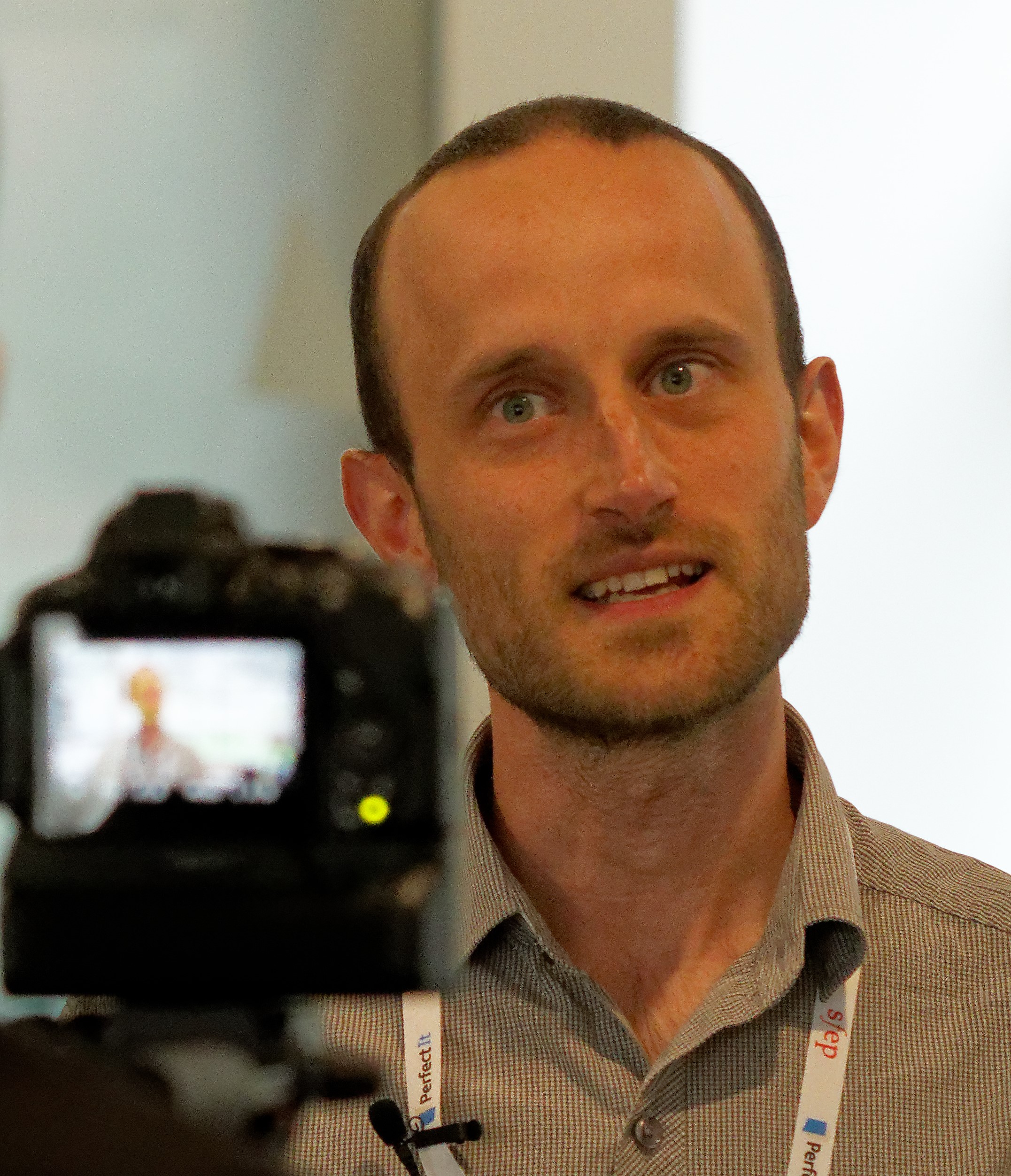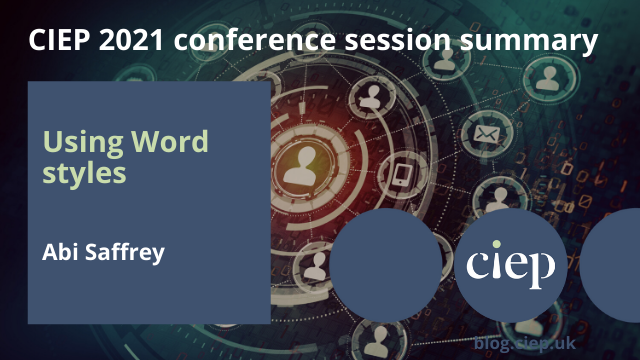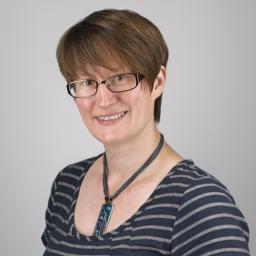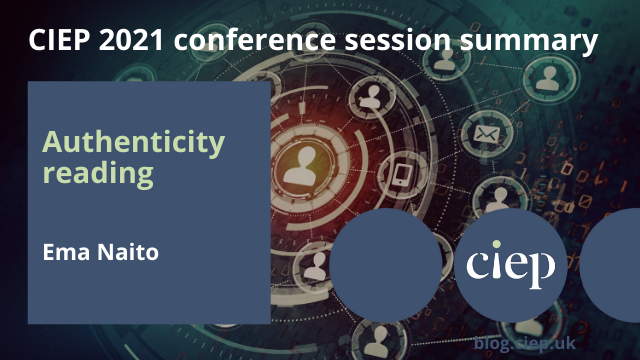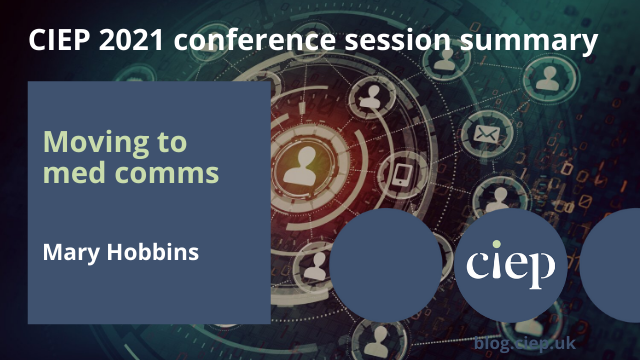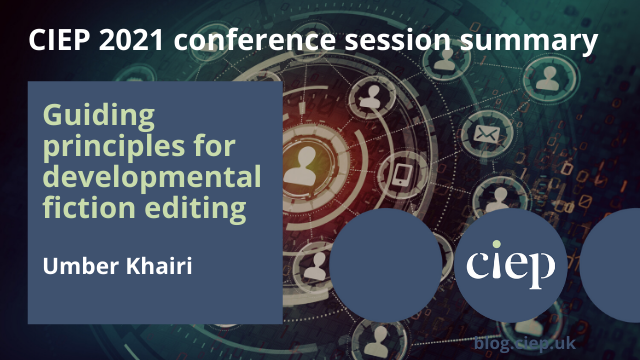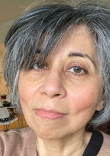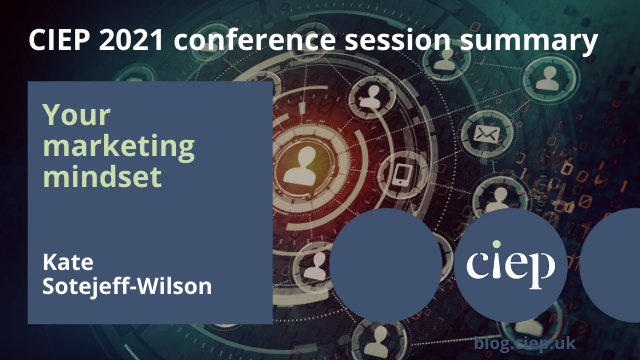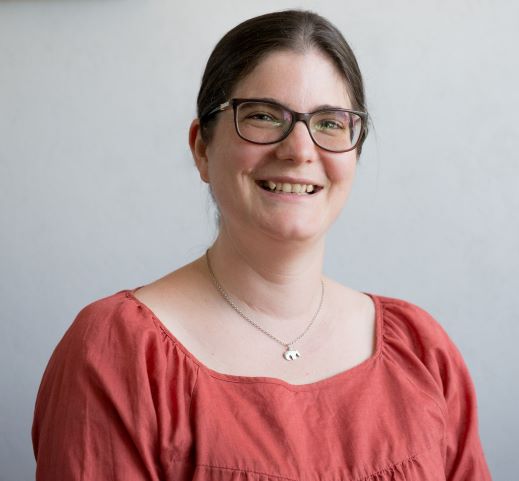This year’s CIEP conference was held online, from 12 to 14 September. Attendees from all over the world logged on to learn and socialise with their fellow editors and proofreaders, and a number of delegates kindly volunteered to write up the sessions for us. Liz Dalby reviewed How to be a LinkedIn leader, presented by John Espirian.
 Most of us are probably already on LinkedIn because it’s a relatively simple and free way of having a professional online profile. And many of us know it as an extension of a traditional paper CV – it’s a place to show off your skills and achievements, in the hope of being noticed by a potential employer. However, whether or not anyone will actually notice you among the throng is another question. As with any form of social media, there are positive ways in which you can make yourself stand out, and there are also ways in which you can draw attention to yourself – even to the point of being restricted or banned – for all the wrong reasons.
Most of us are probably already on LinkedIn because it’s a relatively simple and free way of having a professional online profile. And many of us know it as an extension of a traditional paper CV – it’s a place to show off your skills and achievements, in the hope of being noticed by a potential employer. However, whether or not anyone will actually notice you among the throng is another question. As with any form of social media, there are positive ways in which you can make yourself stand out, and there are also ways in which you can draw attention to yourself – even to the point of being restricted or banned – for all the wrong reasons.
John Espirian, former member and director of the SfEP (as it was then), has gone on to develop a significant following for his advice on how to make LinkedIn work better for you, alongside his own work as a technical copywriter. The thing that’s immediately noticeable about John’s Zoom presentation is his background. Where the rest of us might make sure we’d cleared the household mess out of the way or arranged a suitable book or two in view, John is totally on-brand with his trademark blue background, and even a QR code to scan, which takes you directly to his own LinkedIn profile. That, right there, is a lesson in message and branding, and he hasn’t even opened his mouth!
John introduces his session as ‘the whistle-stop version of the LinkedIn Leaders’ Playbook’, his course on how to get the best out of LinkedIn. He starts off with a list of ‘don’ts’ – things to avoid doing if you want to have success on LinkedIn, including trying to get too many connections too quickly. This is because it doesn’t allow you to get to know each new contact individually. He emphasises the importance of establishing personal contact with your connections throughout, whether via written messages or voice messages – while keeping it non-salesy and human.
Of course one of the things you may want to do on LinkedIn is share your content, but don’t even think about setting up a so-called ‘engagement pod’, where you are part of a group of people who all like and comment on each other’s posts. It’s not just bad form and a bit tacky, it’s against LinkedIn’s rules, and it’s an example of a practice that could get you banned, as is automating actions such as bombarding similar accounts with the same message. Take care!
A positive thing to aim for, John says, if you do it slowly and organically, is reaching 500 connections, as beyond that point LinkedIn won’t show exactly how many connections you have. Presumably, you could appear to be on a par with Elon Musk, or whoever, to the casual observer or passing HR person or commissioning editor.
Next, and perhaps most immediately relevant to anyone who’s a relative beginner, is how to make your profile as good as it can be. John has clearly analysed all of this at a granular level, so you don’t have to. Before applying his tips, he recommends checking your profile views, so you have something to measure against when assessing the changes you’ve made. Some of his tips are very basic, such as moving away from the default profile and banner images. But it’s also important to consider the placement of the two in relation to each other – don’t let your profile photo obscure anything you want people to see on the banner.
Most important is your profile headline. This is what people will see when you comment on other posts, for example, so make sure you get it right and make it interesting. On a mobile device, they’ll only see the first 40 characters. So even though you have 220 characters to play with, John doesn’t advise using anywhere near that number.
Next most important is your About statement, which can be 2,600 characters long but only the first three lines will be seen. State what you do, who you do it for, and how to get in touch. You want to make clear what value you bring to a project, and you might put killer quotes or list high-profile clients here, too. Other consistent pieces of advice are to break up walls of plain text with lists, for example (especially for mobile reading), and show a bit of personality! Again, end with multiple ways people can get in touch with you. Make it clear exactly what you provide.
John also mentions publishing your prices (via a link to your website), which he’s well known for advocating. This is to avoid interaction with timewasters who are not ever likely to pay what you charge for your services. Finally, he uses the device of a secret word in his About section, which is a way of testing whether people who connect with him have read his profile. It’s also a conversation starter. Again, it’s all about personalisation.
Next, he moves to Recommendations. He has a tip for asking for recommendations, which involves adding a link to the bottom of invoices or email signatures, for example, to take the pain out of asking contacts directly for Recommendations. However, they will need to be connected to you on LinkedIn to be able to do this. A further tip is customising your LinkedIn URL. It’s this attention to detail that makes John’s advice so useful – and this kind of thing is very easy to do, but has outsize effects in terms of making your profile seem cared for and polished.
Other areas he covers in the session include the difference between following and connecting (try to get people to follow you first by switching to follow-first mode, but only if you’re regularly putting out content); best practice when it comes to connecting and building your network (you’ve guessed it – make it personal, even using voice notes if you dare); creating content that clients will care about (using his CHAIR model); articles versus posts (even if you write an article, you’ll still need to craft a shorter-form post to make it visible to your network); the anatomy of a successful LinkedIn post (use emojis, make the most of the plain text format with lists and white space, and focus on getting engagement and comments), view counts and commenting etiquette.
John ends with a surprising statistic – that only 1 per cent of people on LinkedIn are content creators. This means that if you become one of them, you will really set yourself apart, which is what it’s all about in a crowded marketplace like ours. And his final takeaway is that ‘conversations are gold’. That’s really the message he conveyed throughout the presentation. Yes, there are technical tweaks you can make to tighten things up and make yourself visible. But to get the most from the platform, you have to show up as yourself, and engage.
The presentation was clear and consistent, packed with useful and actionable information. Throughout, it was impossible to forget who was presenting, too – John’s bitmoji alter ego was there, walking us through the slides, which were beautifully created in line with his branding. All in all, it was a highly polished and professional insight from someone at the top of his LinkedIn game, but useful and accessible to everyone, at any stage of the journey.
 Liz Dalby has been an editor since 1998, and freelance since 2008. She works on non-fiction projects of all kinds, for publishers, businesses and independent authors. She’s also one of the commissioning editors on the CIEP information team.
Liz Dalby has been an editor since 1998, and freelance since 2008. She works on non-fiction projects of all kinds, for publishers, businesses and independent authors. She’s also one of the commissioning editors on the CIEP information team.
 About the CIEP
About the CIEP
The Chartered Institute of Editing and Proofreading (CIEP) is a non-profit body promoting excellence in English language editing. We set and demonstrate editorial standards, and we are a community, training hub and support network for editorial professionals – the people who work to make text accurate, clear and fit for purpose.
Find out more about:
Posted by Abi Saffrey, CIEP blog coordinator.
The views expressed here do not necessarily reflect those of the CIEP.

